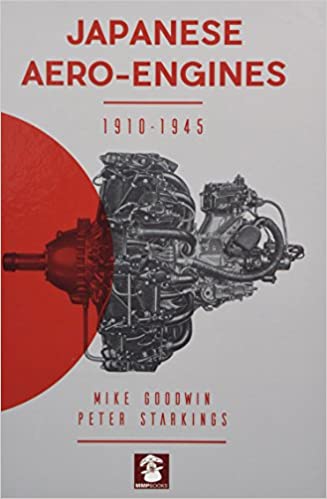Design & Development
When the R-2800 was introduced in 1939 it was capable of producing 2,000 hp (1,500 kW), for a specific power value of 0.71 hp/in³ (32.6 kW/L). No other air-cooled engine came close to this figure, and even liquid-cooled ones barely matched it. The designing of conventional air-cooled radial engines had become so scientific and systematic by then that the Double Wasp was introduced at a power rating that was not amenable to anything like the developmental power increases that had been common with earlier engines. Nevertheless, in 1941 the power output of production models increased to 2,100 hp (1,600 kW), and to 2,400 hp (1,800 kW) late in the war. However, even more was coaxed from experimental models, with fan-cooled subtypes producing 2,800 hp (2,100 kW), but in general the R-2800 was a rather highly developed powerplant right from the beginning.
The R-2800 was used to power several types of fighters and medium bombers during the war, notably the US Navy's F4U Corsair, with the first prototype Corsair becoming the first-ever single-engine US fighter plane to exceed 400 mph (640 km/h) in level flight during October 1940. The R-2800 also powered the Corsair's naval rival, the Grumman F6F Hellcat, the US Army Air Forces' P-47 Thunderbolt, the twin-engined B-26 Marauder and A-26 Invader, as well as the first purpose-built twin-engined radar-equipped night fighter, the Northrop P-61 Black Widow. When the US entered the war in December 1941 there were very quickly some major changes in philosophy, and such long-established engines as the Wright Cyclone and Double Wasp were re-rated on fuel of much higher octane rating (anti-knock value) to give considerably more power, and by 1944 versions of the R-2800 powering late-model P-47s (and other aircraft) had a rating (experimental) of 2,800 hp on 115-grade fuel with water injection.
After World War II, the engine was used in the Korean War, and surplus World War II aircraft powered by the Double Wasp served with other countries well past the Korean War, some being retired as late as the latter part of the 1960s when the aircraft were replaced.
Sources:
Wikipedia
Pratt & Whitney





